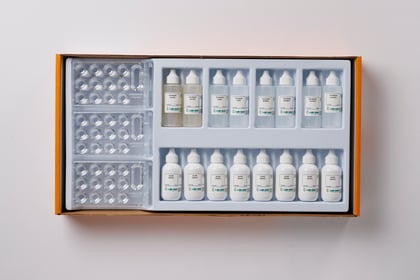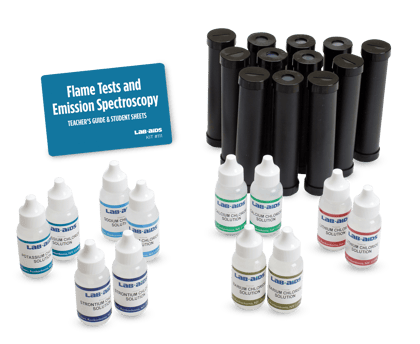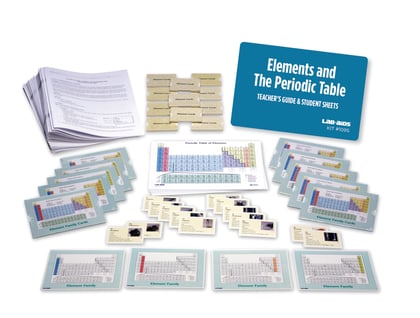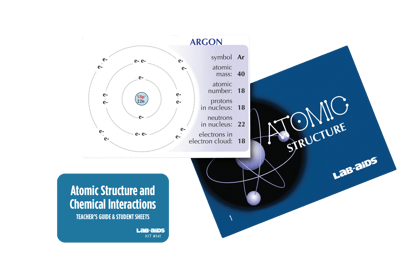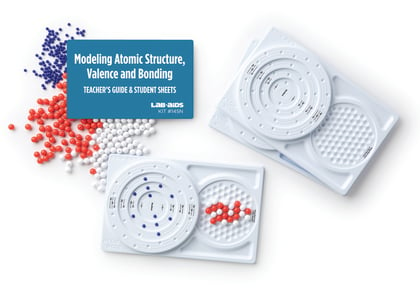Sublevels of the Atom Models (Quantum Models)

The wave mechanical theory of atomic structure is mathematical, abstract and often confusing to students. The model students build in this activity helps them more easily visualize and better understand aspects of the wave mechanical theory. Using specialty designed components, students assemble their own spatial 3-D models. The models demonstrate the position and number of electrons along the x, y and z axes and the orbital configurations of the sublevels of the major energy levels. As students assemble the models, they review the four quantum numbers and Pauli’s Exclusion Principle. They also identify the number and position of electrons in various atoms. Students construct and compare atom models of several common elements. This illustrates and reinforces how atoms of elements within a family on the Periodic Table share similarities in their electron configurations.
Details at a Glance
- 2-3 Days | 2-3 ~50 minute class periods
- 2 Activities
- Accommodates unlimited classes, each with 12 groups of 3 students
- Meets our criteria for supporting literacy
- All materials are non-consumable
- Includes digital resources
Scientific Concepts
•Construct a 3-D model which shows position and number of electrons along the x, y and z axes.
•Visualize the shape and position of orbitals and sublevels of the major energy levels.
•The four quantum numbers describe the position and relative spin direction of electrons.
•Identify the number and position of electrons in the atoms of several different elements.
•Elements in the same family have similarities in their electron configurations.
KEY VOCABULARY: electronorbital, quantum number
Guides & Student Sheets
Our kits and modules provide you with everything you need so you can open, review, and teach the material confidently the next day.
- Comprehensive Teacher Guide with background information, detailed instruction, example data and answers
- Student Sheets with age appropriate background information, full procedure(s), and analysis items
- Materials necessary for the investigation (beyond common classroom items)
- Safety Data Sheets
Kit Components
- 12 Base for model
- 12 Crossbar for model (x and z axes)
- 12 Upright for model (y axes)
- 12 1s orbital (blue)
- 12 2s orbital (red)
- 24 p orbital (pink)
- 24 p orbital (yellow)
- 24 p orbital (green)
- 128 Electron
- 30 Student Guide, Part I and Part II
- 1 Teacher’s Guide

